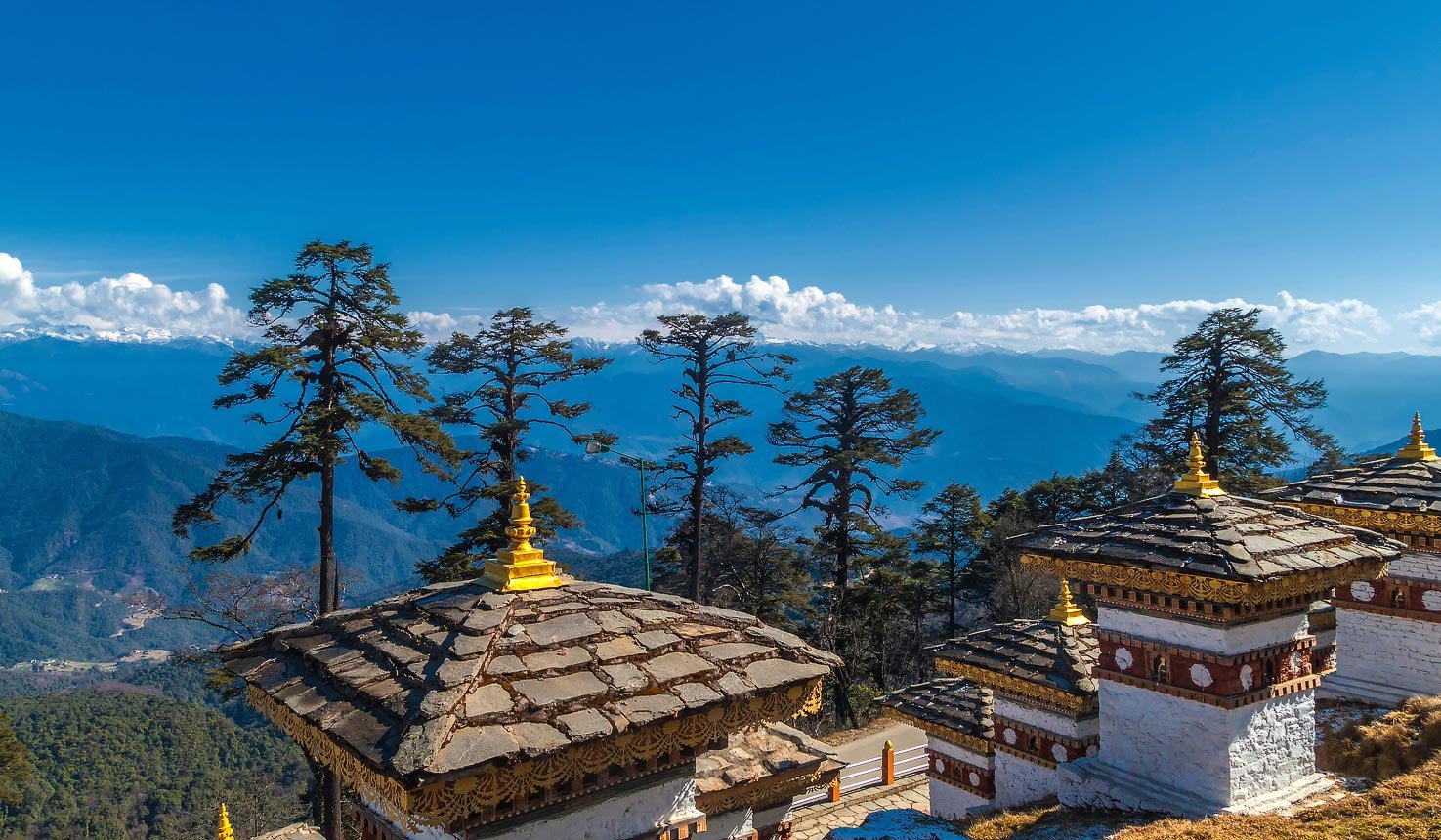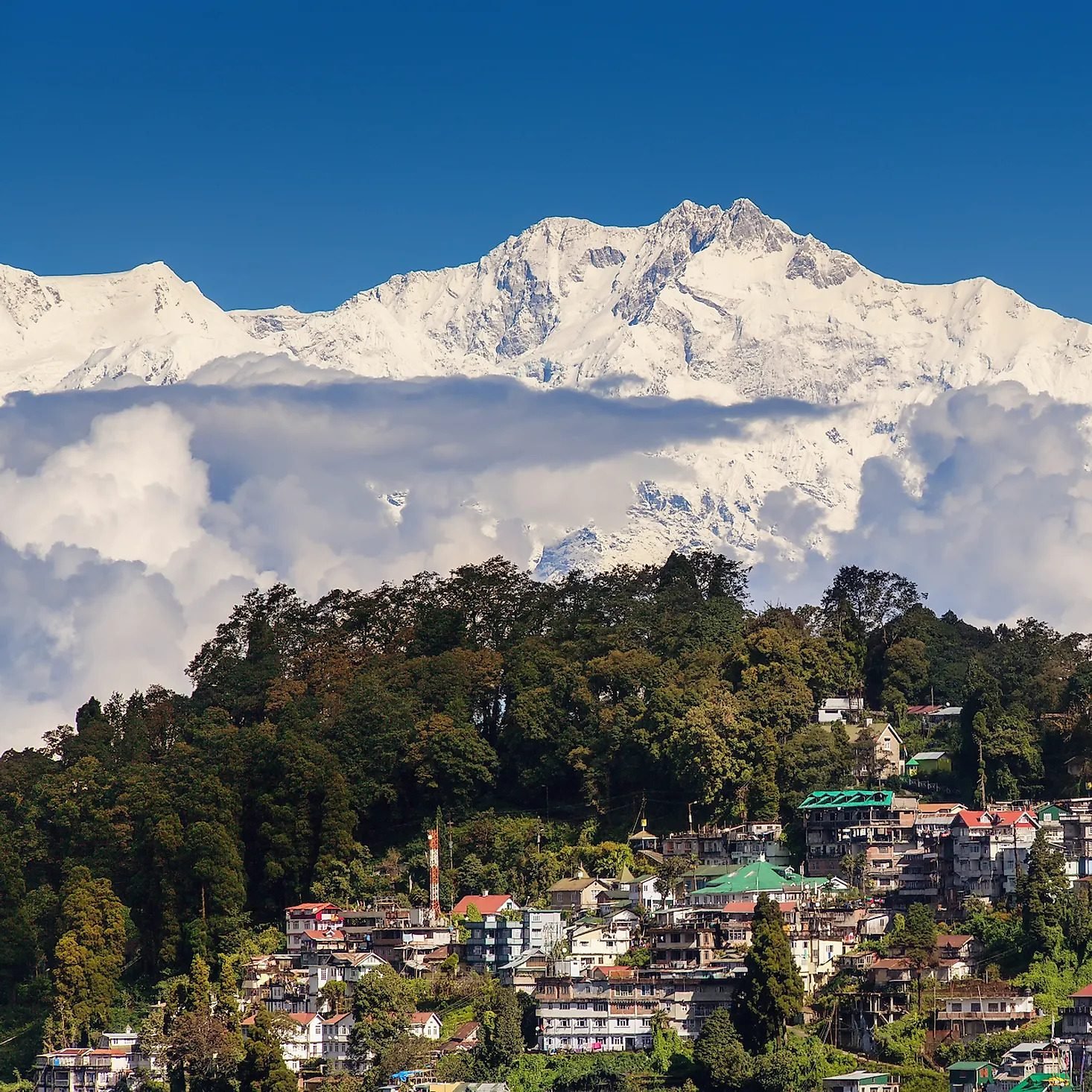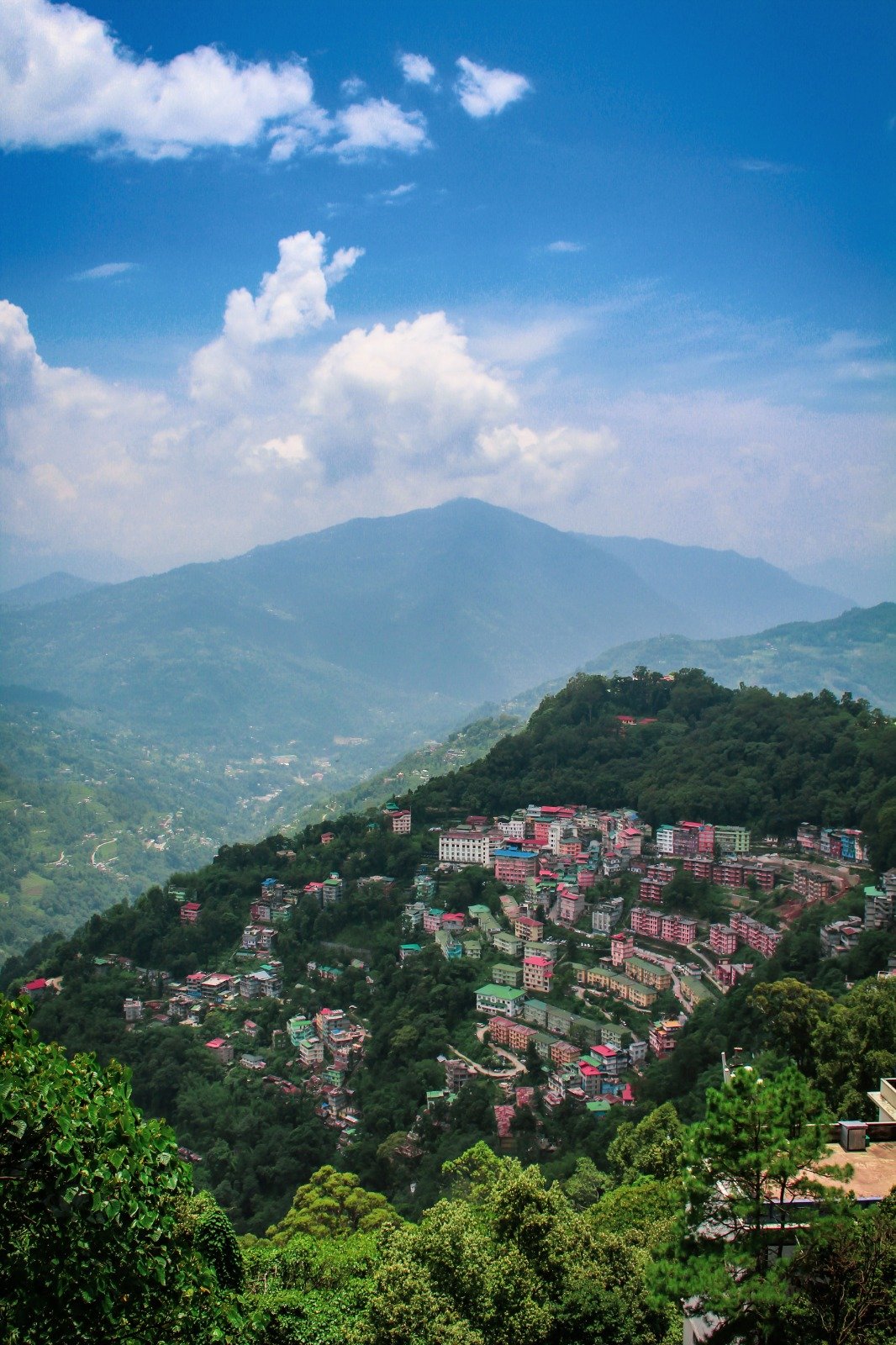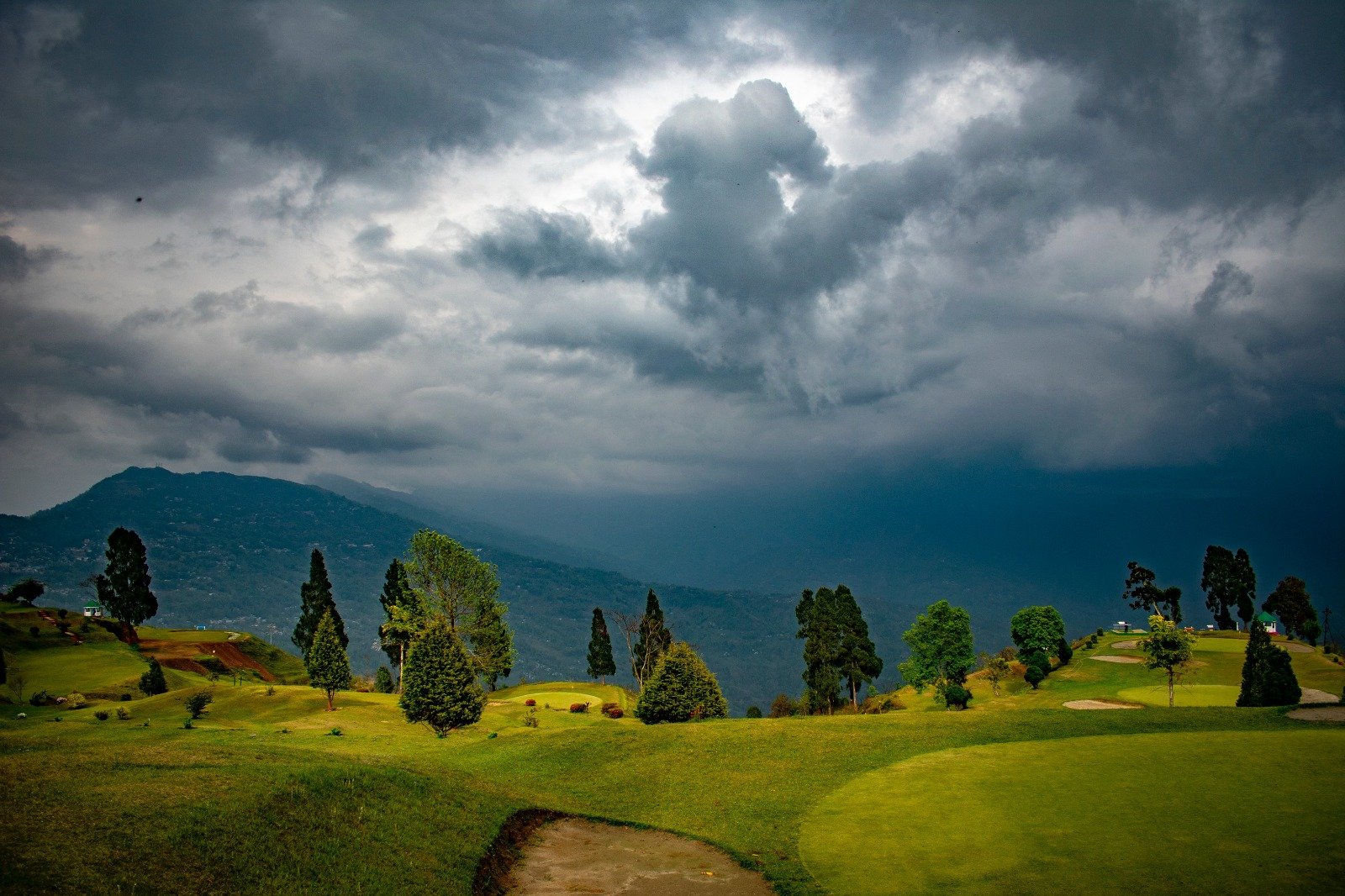Among India’s most scenically situated sacred sites, Gokarna lies between a broad white-sand beach and the verdant foothills of the Western Ghats, 230km north of Mangaluru. Yet this compact little coastal town – a Shaivite centre for more than two millennia – remained largely “undiscovered” by Western tourists until the early 1990s, when it began to attract dreadlocked and didgeridoo-toting neo-hippies fleeing the commercialization of Goa, just over 60km north. Now it’s firmly on the tourist map, although the town retains a charming local character, as the Hindu pilgrims pouring through still far outnumber the foreigners who flock here in winter.
PLACES TO VISIT IN THIS REGION
A hotchpotch of wood-fronted houses and red terracotta roofs, Gokarna is clustered around a long L-shaped bazaar. Its broad main road – known as Car Street – runs west to the town beach, which is a sacred site in its own right. Hindu mythology identifies it as the place where Shiva was reborn from the underworld after a period of penance through the ear of a cow, or go-karna, thus giving the town its name.
Gokarna is also the home of one of India’s most powerful shivalingas – the atmalinga, which took root here having being carried off by Ravana, the evil king of Lanka, from Shiva’s home on Mount Kailash. It is said Ravana’s brute force distorted the shivalingam to resemble the shape of a cow’s ear – another theory behind the town’s name.
Getting to Gokarna
By train
Gokarna Road railway station is 9km inland but buses, taxis and auto-rickshaws (₹300) are available to take you into town. Gokarna Road has two daily trains in each direction: the southbound services are the Matsyagandha Express #12619 and the Madgaon Passenger #56641, both to Udupi and Mangaluru; the same trains north are the Matsyagandha Express #12620 to Margao and Mumbai and the Madgaon Passenger #56640 to Margao. A couple of other weekly expresses also call here, such as the Maru Sagar Express #12978 to Ernakulam and Poorna Express #11098 to Pune, but more regular express connections can be found in either Kumta or Ankola.
By bus
The KSRTC Bus Stand, 300m north of Car St, is within easy walking distance of Gokarna’s limited accommodation. The town is well connected by direct daily bus to Goa and several towns in Karnataka, including Bengaluru, Hosapete/Hampi and Mysuru, via Mangaluru and Udupi. You can change at Ankola on the main highway for more services north into Goa and Hubbali for Hosapete/Hampi. For more buses to Hosapete/Hampi, all destinations further south on the coast and the best connections to Jog Falls, change at Kumta. It is best to avoid the private sleeper services to Hampi, as they are cramped and invariably involve a change of bus in the middle of the night.
Accommodation in Gokarna
There is a better range of guesthouses than of bona fide hotels in Gokarna. As a last resort, you can nearly always find a bed in one of the spartan dharamshalas dotted around town. There’s an increasing number of options at the beaches, from basic huts to swanky resorts. Prices can double over the Christmas/New Year period.
Eating in Gokarna
Gokarna town offers a good choice of places to eat, with a string of busy “meals” joints along Car St and the main road. The beaches now have a plethora of places offering travellers’ favourites. Look out for the local sweet speciality gadbad.
Gokarna’s temples
The atmalinga (or pranalinga) is enshrined in the medieval Shri Mahabaleshwar temple, at the far west end of the bazaar. It is regarded as so auspicious that a mere glimpse of it will absolve a hundred sins, even the murder of a brahmin. Pilgrims shave their heads, fast and take a ritual dip in the sea before darshan. For this reason, the tour of Gokarna traditionally begins at the beach, followed by a puja at the Shri Mahaganpati temple, a stone’s throw east of the Mahabaleshwar shrine, to propitiate the elephant-headed god Ganesh. Foreign tourists are not allowed into the inner sancta of the main two temples but the parts you can visit are still extremely atmospheric. One interesting holy place you can get right into is Bhandikeri Math, a short way east of the bathing tank. This three-hundred-year-old temple and learning centre has shrines to the deities Bhavani Shankar, Uma Maheshwari and Maruthi.
Gokarna’s beaches
While Gokarna’s numerous temples, shrines and tanks are the big draw for Indian pilgrims, most Western tourists head for the beautiful beaches to the south of the more crowded town beach. Beyond the lumpy, reddish black-coloured headland that overlooks the town, lie a series of sandy strips connected by short seaside walks and motley shacks offering varied cuisine.
To pick up the trail, take a left off Car Street beside the Shri Mahaganpati temple and follow the narrow cemented road for twenty minutes uphill and across a rocky plateau to Kudle Beach. This wonderful 1km-long sweep of golden-white sand sheltered by a pair of steep-sided promontories is now punctuated by dozens of restaurant-cum-accommodation ventures. This is the longest and broadest of Gokarna’s beaches, with decent surf too, though the water can be dangerous.
It takes around twenty minutes more to hike over the headland from Kudle to exquisite Om Beach, so named because its distinctive twin crescent-shaped bays resemble the auspicious Om symbol. Apart from the luxury resort set well back from the beach, a mixture of modest concrete rooms and flimsy huts populate the palm groves, usually belonging to restaurants. Large groups of male travellers tend to descend on the beach at weekends – female sunbathers may prefer to press on further south.
Gokarna’s two most remote beaches lie another thirty-minute walk over the rocky hills. Half Moon and Paradise beaches are mainly for intrepid sun-lovers happy to pack in their own supplies. If you’re looking for near-total isolation – a sense of Goa perhaps thirty years ago – these are your best bet.




